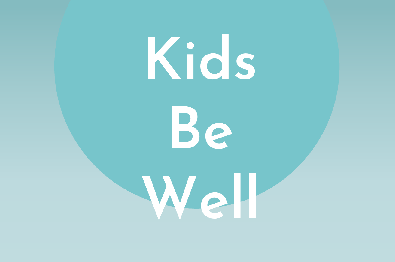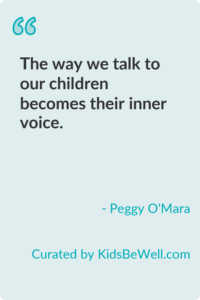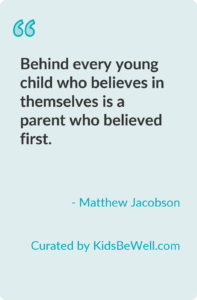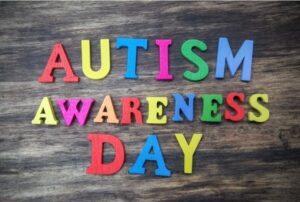The quote, "You can teach a student a lesson for a day; but if you can teach him to learn by creating curiosity, he will continue the learning process as long as he lives," speaks volumes about the importance of nurturing curiosity in education. Traditional teaching often focuses on short-term goals, like acing a test or completing a syllabus. But true education transcends the classroom when it instills a love for learning.
Why Curiosity Matters in Education
Curiosity drives innovation and problem-solving. When children are encouraged to ask questions, they develop a natural inclination to explore, experiment, and discover. Unlike rote memorization, curiosity fosters deep understanding, which is the foundation of critical thinking and creativity.
Children who are curious learn to see the world as a canvas for endless possibilities. This mindset helps them adapt to challenges, excel in diverse fields, and remain lifelong learners.
Strategies to Foster Curiosity in Children
- Encourage Questions:
Create an environment where children feel safe and excited to ask questions. Respond with enthusiasm, even when you don't have all the answers. Encourage them to find answers together with you, nurturing their investigative spirit. - Provide Hands-On Experiences:
Learning through doing often sparks curiosity. Activities like science experiments, building projects, or even cooking can stimulate children's desire to understand how things work. - Connect Learning to Real-Life Situations:
When lessons are tied to everyday experiences, children see their relevance. For instance, a math problem involving budgeting for a family trip makes abstract concepts tangible. - Offer Choices and Autonomy:
Allowing children to choose topics or projects that interest them boosts engagement. Autonomy fosters responsibility for their learning journey. - Model Curiosity:
Children mimic the behavior they see. Show your own curiosity by asking questions, reading broadly, or experimenting with new hobbies. This demonstrates that learning never stops.
The Role of Teachers and Parents
Parents and teachers are critical in creating an atmosphere that values curiosity. Instead of providing ready answers, guide children to explore multiple solutions. Ask open-ended questions like:
- "What do you think will happen if…?"
- "Why do you think that works?"
By shifting the focus from simply "teaching" to "facilitating discovery," adults can help children build confidence in their ability to learn independently.
Lifelong Benefits of Curiosity
A curious mind is a resilient one. In an ever-changing world, the ability to seek knowledge and adapt is crucial. Curious individuals are better equipped to deal with uncertainty, whether in their personal lives or professional paths.
Moreover, fostering curiosity strengthens relationships. When children grow up valuing inquiry, they connect better with others, learning from diverse perspectives and experiences.
Final Thoughts
Curiosity is a gift that keeps on giving. By instilling this quality in children, we equip them with tools to navigate life with confidence and joy. It’s not just about teaching lessons; it’s about lighting a spark that fuels a lifetime of learning.
Encourage curiosity, and you give the world thinkers, creators, and leaders who will shape the future with enthusiasm and wisdom.











